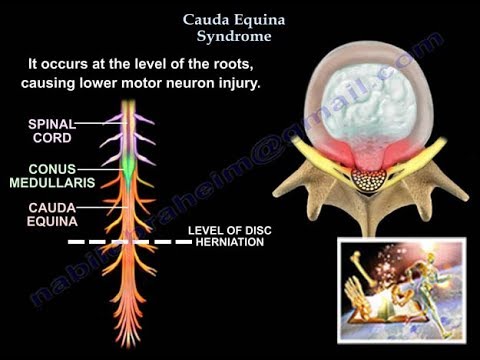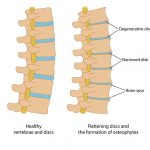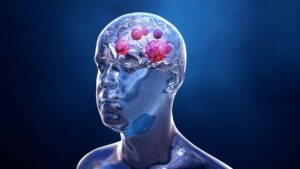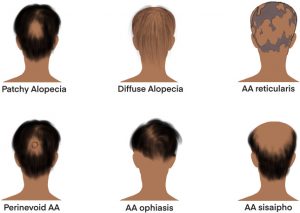Degenerative Disc Disease or Disc Degeneration (Spondylosis)
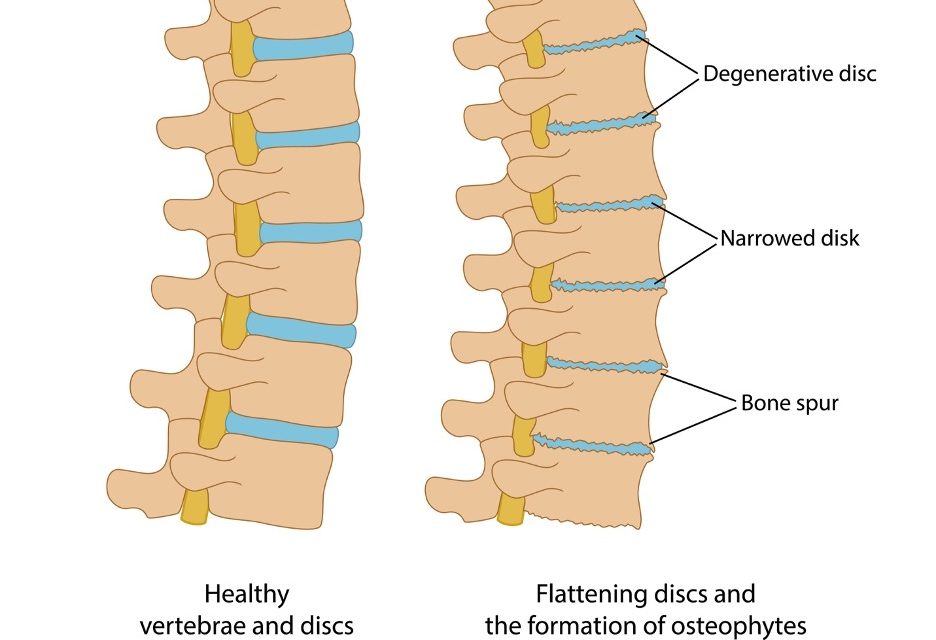
Degenerative Disc Disease and Spondylosis

Degenerative disc disease (DDD) is a condition whereby the discs in the spine wear down over time. The discs cause pain by shrinking the space between vertebrae and creating bone spurs that can lead to herniated discs, pinched nerves, and spinal stenosis. Although the symptoms of DDD may vary from person to person, they are similar in that they interfere with a person’s ability to perform daily tasks. Many sufferers describe feeling numbness, tingling, or weakness in their leg muscles.
Treatment for degenerative disc disease can include physical therapy or analgesic medications. These treatments aim to reduce pain, improve overall strength and core stability, and educate patients on the disease. They also encourage exercise and lifestyle changes to enhance flexibility and mobility of the spine. Nonsurgical options include pain medication, physical therapy, chiropractic care, hydrotherapy, and ice. The treatment plan should be individualized for each patient and their condition.
While exercise can be painful, it can also help the disc heal faster. A physical therapist can show you correct techniques for walking and lifting, and encourage you to be more flexible in your spine. In the acute stages, activity modification, muscle relaxants, and ice can help alleviate the pain and stiffness. Depending on the severity of your symptoms, your physical therapist will prescribe the best treatment plan for your particular needs.
In most cases, conservative management of degenerative disc disease is an excellent option. This type of treatment involves physical therapy and analgesic medicines. Your physical therapist can work with you to reduce your pain and improve core stability. The goal is to help you understand your condition and learn as much as you can about the treatment process. If you’re concerned about the symptoms of degenerative disc disease, see your doctor as soon as possible.
Discography/CT is one of the most common tests used to determine the cause of disc pain. This type of imaging allows your physician to see the location of the problem and identify which disc is the source of your pain. Using an MRI or CT scan to diagnose a degenerative disc is often an option for testing a degenerative disc. During the test, your doctor will take a CT scan of your back and compare it to a normal one.
The best treatment for degenerative disc disease is to reduce the pain caused by the disc and to encourage healing. A physical therapist will work with you to learn proper lifting and walking techniques and encourage the flexibility of your spine. In some cases, pain medication and muscle relaxants may be prescribed. The patient should be informed of the risks of each of these treatments. If an MRI is necessary, it should be done as soon as possible.
The primary symptom of DDD is back pain. In severe cases, it can affect the nerves in the area surrounding the disc. Fortunately, degenerative disc disease is treatable. Symptomatic relief can be obtained through over-the-counter pain relievers or with a prescription from a physician. During the acute stage of degenerative disc disease, exercise and other exercises may be necessary to increase flexibility in the spine.
While degenerative disc disease is an incurable disease, conservative management is the most common treatment for the condition. Initially, physical therapy may involve taking an analgesic medication to alleviate the pain. In the latter stage, the goal of physical therapy is to reduce pain and improve overall strength and core stability. The patient will also receive education about the disease and the available treatment options. When it becomes more advanced, surgery is an option.
The treatment of degenerative disc disease is a combination of physiotherapy and analgesic medication. Physiotherapy helps reduce the pain by improving flexibility in the spine. During the acute stage, patients may experience numbness or tingling in the arms and legs. While this condition is generally a normal part of aging, it may lead to other problems. Ultimately, there is no cure for DDD, but it can be managed.

